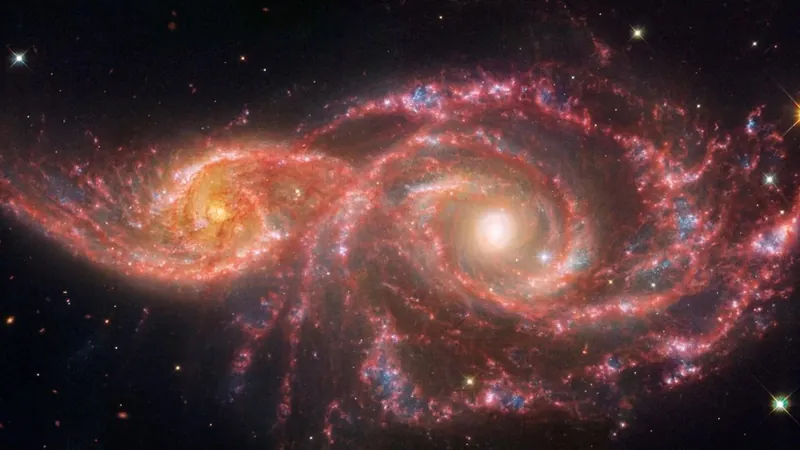
Unveiling the Chilling Beauty of 'Bloodshot Eyes' in Distant Galaxies
2024-11-17
Author: Amelia
An Epic Cosmic Collision
Astronomers have shared this eerie image, a breathtaking composite captured by the renowned James Webb Space Telescope (JWST) and the iconic Hubble Space Telescope, that portrays the galaxies' mesmerizing appearance resembling haunting 'blood-soaked' eyes. This visual story unfolds from a moment millions of years ago when the smaller galaxy, IC 2163, drifted behind the larger galaxy, NGC 2207, leading to a dramatic encounter that is still shaping their destinies today.
As they grazed each other, the gravitational forces at play created striking features such as tail-like extensions from their spiral arms, giving these galaxies a unique and unsettling aesthetic. The collision caused their materials to interact, leading to thick, bulging arms—highlighted in vivid red—that further emphasizing their captivating structure.
Star-Forming Machines: A Galactic Factory
What makes these galaxies truly remarkable is their prolific star formation. IC 2163 and NGC 2207 are powerhouses of stellar birth, capable of producing nearly two dozen sun-like stars every year. For comparison, our very own Milky Way only gives birth to about two to three sun-like stars annually.
Additionally, these galaxies have witnessed seven confirmed supernovae in recent decades, a remarkable number that could catalyze even more star formation. Each supernova event clears out regions within the galaxies' spiral arms, redistributing gas and dust and allowing new stars to ignite as this material cools down.
Capturing Cosmic Wonders
The stunning image showcases the divergent techniques of JWST and Hubble. The Hubble data illuminates star-forming regions in striking bright blue, while JWST captures the same areas in vibrant pink and white. These regions often contain super star clusters and may even be home to mini-starbursts—areas where star formation accelerates dramatically.
The Future: Merging Worlds
As we gaze into the haunting beauty of this galactic pair, it is essential to note the cosmic journey that lies ahead. Over millions of years, the orbits of IC 2163 and NGC 2207 will tighten, leading them to spin around each other in a breathtaking dance through the cosmos. Eventually, they will merge into a single galaxy, reshaping their arms and forming one radiant core.
In about a billion years, this captivating scene will evolve—what once appeared as 'bloodshot eyes' will give way to a single, luminous 'eye,' a testament to the ever-changing and dynamic nature of the universe.
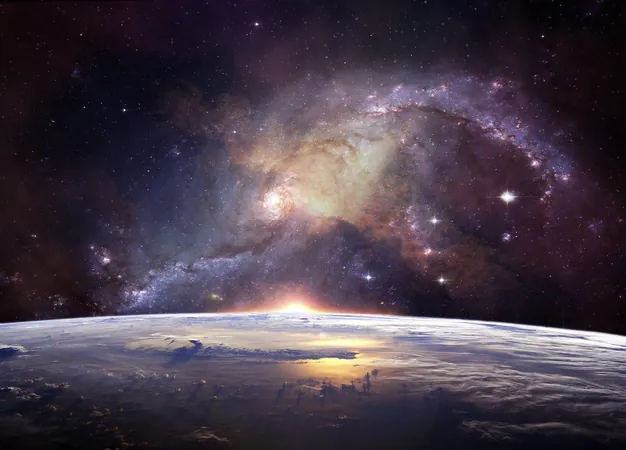
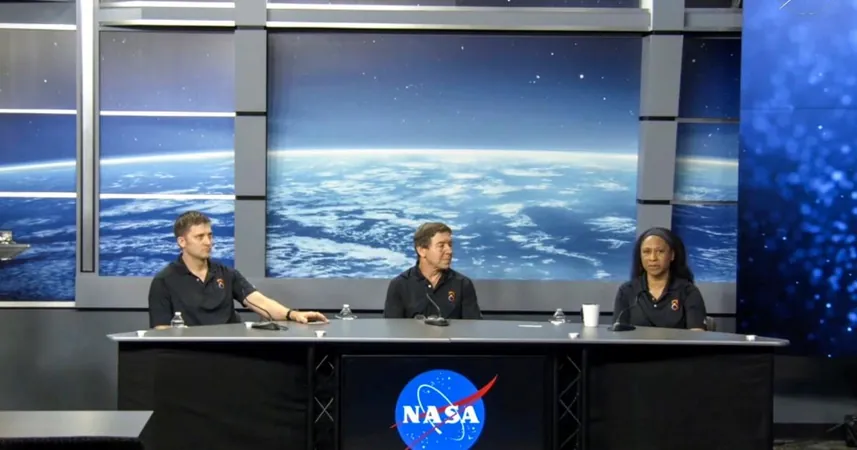
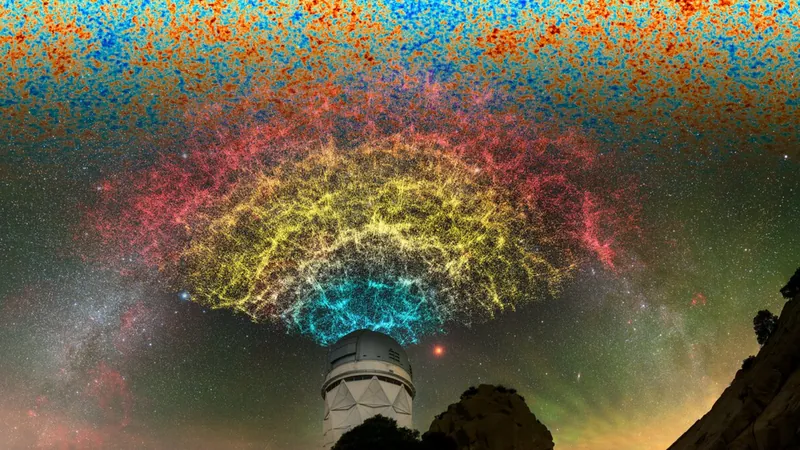


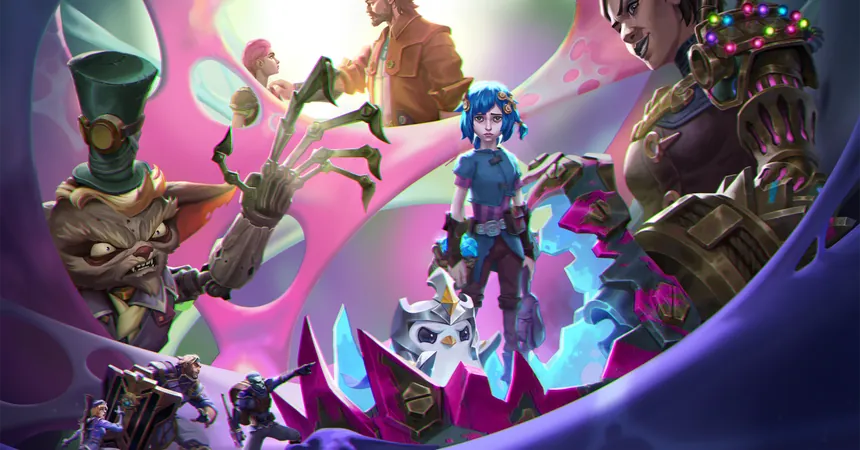



 Brasil (PT)
Brasil (PT)
 Canada (EN)
Canada (EN)
 Chile (ES)
Chile (ES)
 España (ES)
España (ES)
 France (FR)
France (FR)
 Hong Kong (EN)
Hong Kong (EN)
 Italia (IT)
Italia (IT)
 日本 (JA)
日本 (JA)
 Magyarország (HU)
Magyarország (HU)
 Norge (NO)
Norge (NO)
 Polska (PL)
Polska (PL)
 Schweiz (DE)
Schweiz (DE)
 Singapore (EN)
Singapore (EN)
 Sverige (SV)
Sverige (SV)
 Suomi (FI)
Suomi (FI)
 Türkiye (TR)
Türkiye (TR)